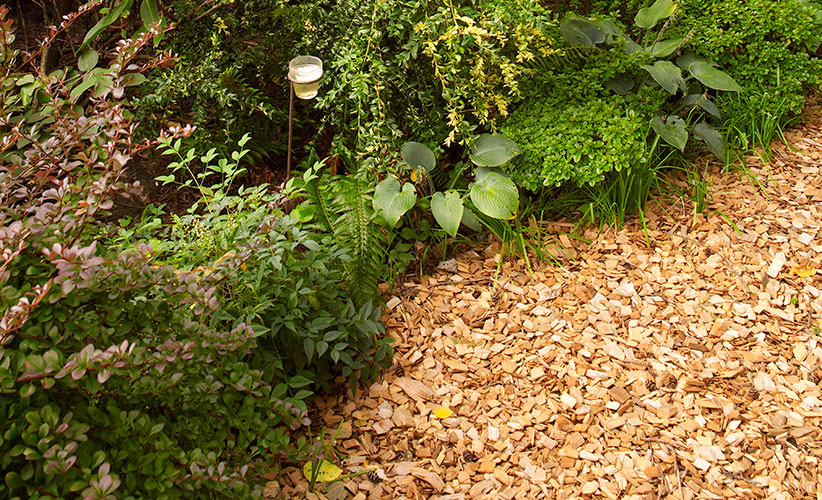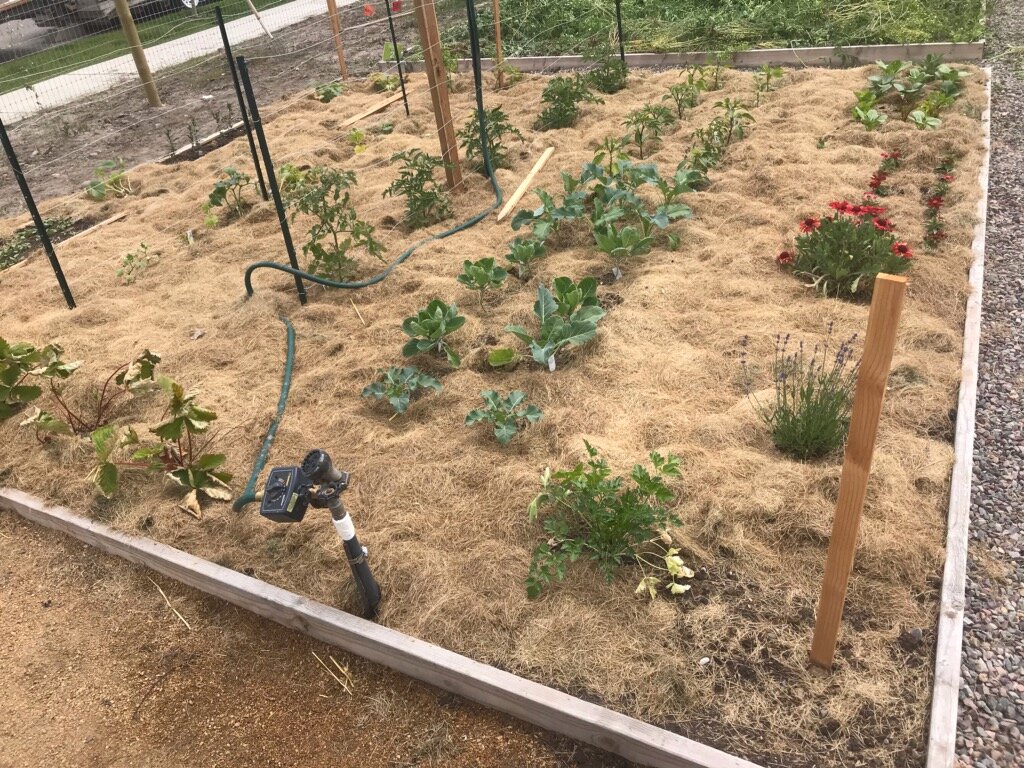Resource Mulch: The Ultimate Guide To Using This Natural Gardening Tool
Resource Mulch: The Ultimate Guide to Using This Natural Gardening Tool
Mulch is a layer of organic material that is spread around plants in the garden. It has many benefits, including:
- Retaining moisture: Mulch helps to keep the soil moist, which is essential for plant health. It does this by preventing evaporation and by absorbing rainwater.
- Suppressing weeds: Mulch creates a barrier that prevents weeds from germinating. This can save you a lot of time and effort weeding your garden.
- Improving drainage: Mulch can help to improve drainage by breaking up compacted soil and creating air pockets. This is especially beneficial for plants that are prone to root rot.
- Protecting plants from pests and diseases: Mulch can help to protect plants from pests and diseases by creating a physical barrier between them and the soil. It can also help to improve air circulation, which can help to prevent the spread of diseases.
- Attracting beneficial insects: Mulch can attract beneficial insects, such as ladybugs and earthworms. These insects can help to control pests and improve soil health.
- Adding nutrients to the soil: Over time, mulch decomposes and adds nutrients to the soil. This can help to improve the overall health of your plants.
There are many different types of mulch that you can use in your garden, including:
- Wood chips: Wood chips are a popular type of mulch that is made from shredded wood. They are relatively inexpensive and easy to find.
- Pine needles: Pine needles are another popular type of mulch that is made from pine trees. They are acidic, so they are a good choice for plants that prefer acidic soil.
- Chopped leaves: Chopped leaves are a free and easy-to-find type of mulch. They are best used in the fall, when leaves are abundant.
- Bark: Bark is a more expensive type of mulch, but it is also more durable. It can last for several years.
- Compost: Compost is a type of mulch that is made from organic materials, such as food scraps, yard waste, and manure. It is a very nutrient-rich mulch that is beneficial for all types of plants.
When choosing a type of mulch, you will need to consider the following factors:
- The size of your garden: If you have a small garden, you may want to choose a type of mulch that is easy to spread, such as wood chips or chopped leaves. If you have a large garden, you may want to choose a more durable type of mulch, such as bark or compost.
- The type of plants you are growing: Some plants prefer certain types of mulch. For example, acid-loving plants, such as blueberries, prefer pine needles or oak leaves.
- The climate in your area: If you live in a hot climate, you will want to choose a type of mulch that will help to retain moisture. If you live in a cold climate, you will want to choose a type of mulch that will help to insulate the soil.
How to Apply Mulch
Once you have chosen a type of mulch, you will need to apply it to your garden. Here are some tips:
- Remove weeds: Before you apply mulch, you will need to remove any weeds from the area. This will help to prevent the weeds from growing through the mulch.
- Spread the mulch evenly: Spread the mulch evenly over the soil, leaving a few inches of space between the mulch and the base of the plants.
- Water the mulch: After you have applied the mulch, water it well. This will help the mulch to settle and prevent it from blowing away.
- Reapply the mulch as needed: Mulch will decompose over time, so you will need to reapply it every year or two.
Conclusion
Mulch is a valuable gardening tool that can help you to save time, money, and effort. By following the tips in this guide, you can apply mulch correctly and enjoy all of the benefits that it has to offer.
FAQ of resource mulch
What is resource mulch?
Resource mulch is any type of organic material that is spread around plants to help improve the soil and protect the plants from weeds, pests, and diseases. Some common types of resource mulch include wood chips, bark mulch, shredded leaves, and straw.
What are the benefits of using resource mulch?
Resource mulch offers a number of benefits for plants and the soil, including:
- Improved soil health: Resource mulch helps to improve soil structure, aeration, and drainage. This can help plants to grow more vigorously and resist pests and diseases.
- Reduced weed growth: Resource mulch helps to suppress weed growth by blocking sunlight and moisture.
- Retained moisture: Resource mulch helps to retain moisture in the soil, which can help plants to survive during dry periods.
- Protected plants: Resource mulch helps to protect plants from frost, wind, and other harsh weather conditions.
- Enhanced aesthetics: Resource mulch can add an attractive touch to any garden.
How to apply resource mulch?
To apply resource mulch, spread it evenly around the plants, leaving a few inches of space between the mulch and the stems of the plants. The thickness of the mulch layer will depend on the type of mulch you are using, but a general rule of thumb is to apply 2-4 inches of mulch.
How often should resource mulch be replenished?
Resource mulch will eventually break down and decompose. The frequency with which you need to replenish the mulch will depend on the type of mulch you are using and the climate in your area. In general, you will need to replenish wood chip mulch every 2-3 years, bark mulch every 3-5 years, and shredded leaves and straw every year.
What are some of the disadvantages of using resource mulch?
Resource mulch can attract pests and rodents, such as slugs, snails, and mice. It can also harbor weed seeds, so it is important to choose a high-quality mulch that is free of weed seeds. Additionally, resource mulch can harbor diseases, so it is important to remove any diseased plant material from the area before applying mulch.
Image of resource mulch
- Wood chip mulch: This type of mulch is made from shredded wood chips. It is a good choice for gardens because it helps to retain moisture, suppress weeds, and improve soil aeration.

- Pine bark mulch: This type of mulch is made from shredded pine bark. It is also a good choice for gardens because it has similar benefits to wood chip mulch.

- Decorative mulch: This type of mulch is made from materials such as pebbles, colored bark, or cocoa shells. It is not as beneficial for gardens as wood chip or pine bark mulch, but it can be used to add visual interest to a garden space.

- Leaf mulch: This type of mulch is made from shredded leaves. It is a good choice for gardens because it is free and easy to find. However, it can break down quickly and may not provide as much weed suppression as other types of mulch.
- Grass clippings: This type of mulch is made from shredded grass clippings. It is a good choice for gardens because it is free and easy to find. However, it should not be used if your lawn has been treated with herbicides.

Post a Comment for "Resource Mulch: The Ultimate Guide To Using This Natural Gardening Tool"